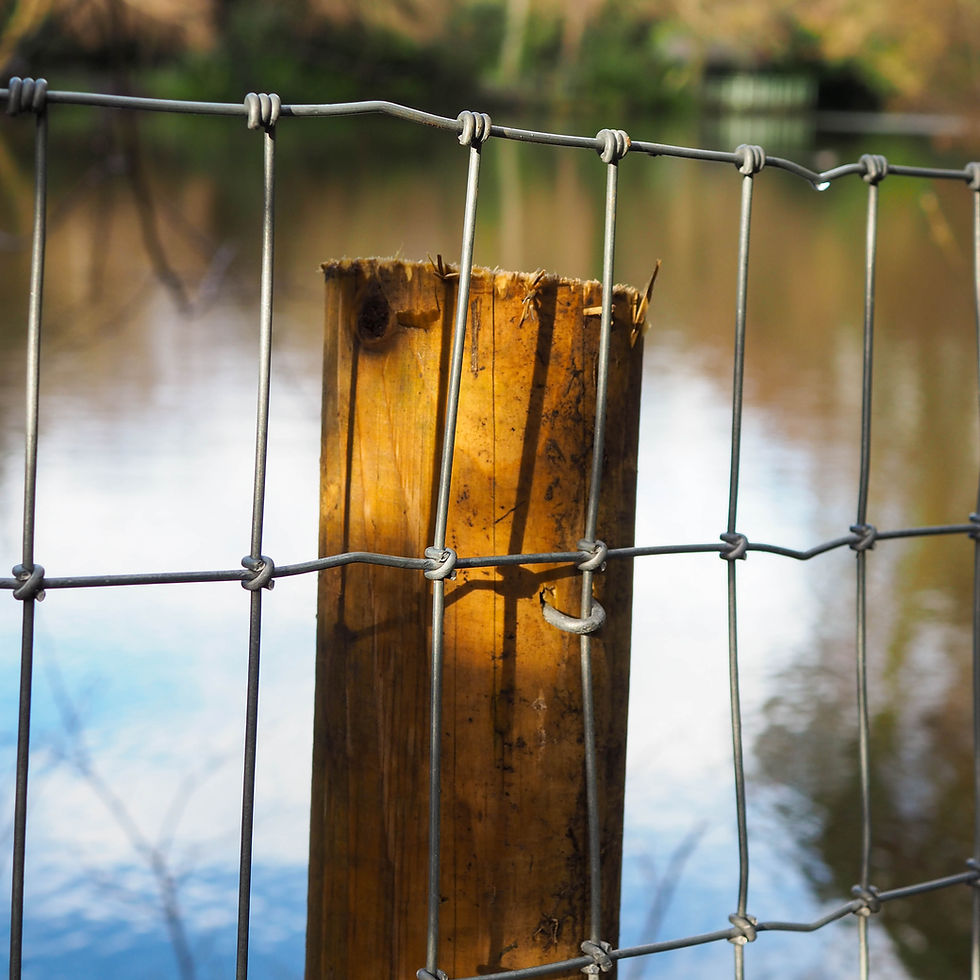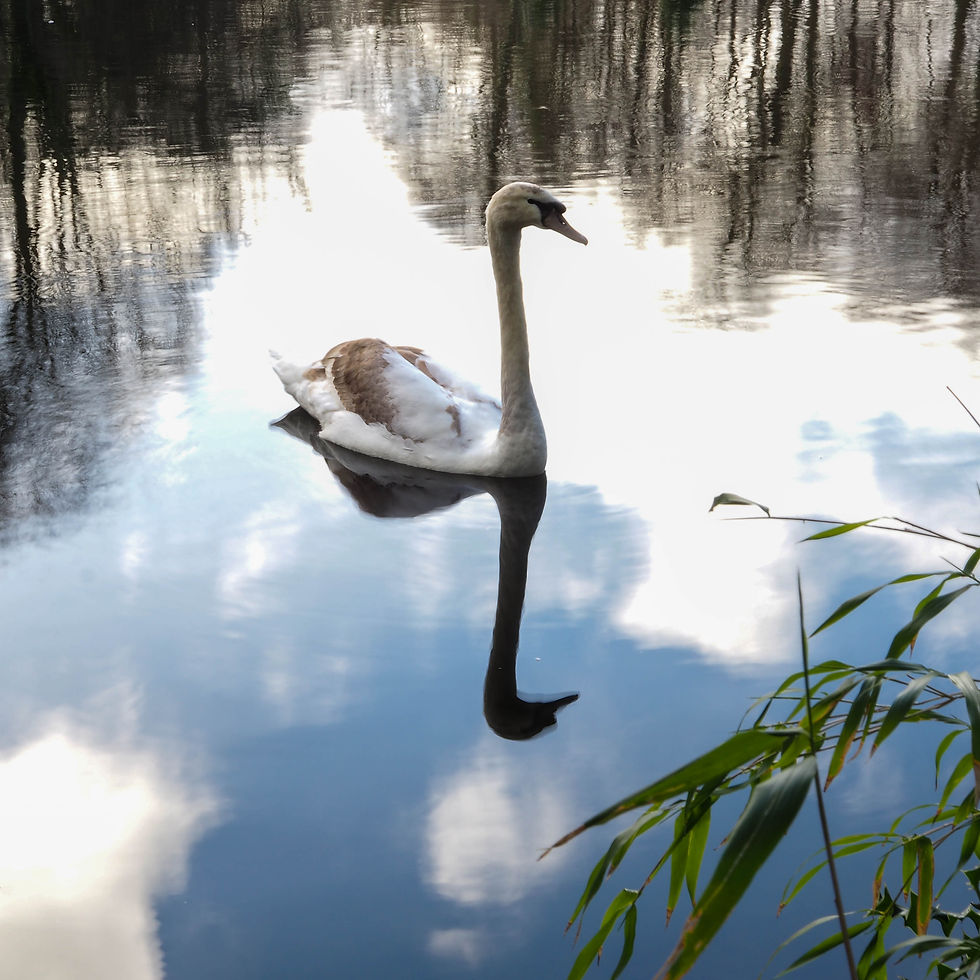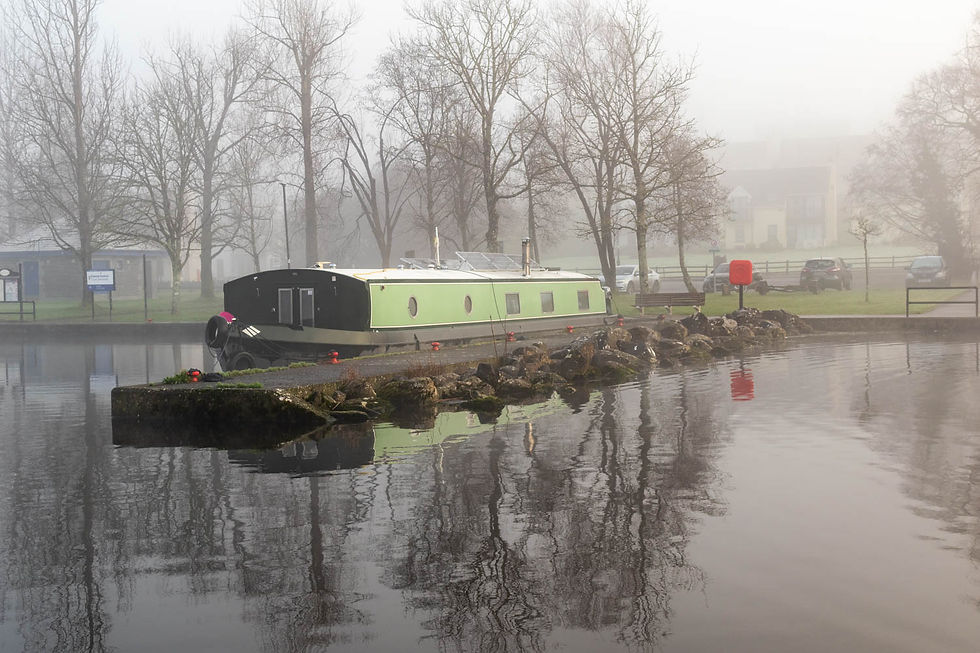How to Overcome a Photography Plateau
- WildWillowWays

- Apr 7, 2024
- 4 min read
Updated: Jul 13, 2024

Most of us will come to a stage when our enthusiasm for our photography wanes and we lack the motivation to get out and take photographs.
Some people refer to this as being in a photography slump or a creative rut.
I recently saw the term photography plateau being used and I thought it was a good way to describe the feeling that your photography has become a bit flat and lacking in new ideas.
In previous posts I have given some suggestions that might help breathe new life into your photography when you reach a plateau. These include trying a different genre, using a creative technique such as ICM, shooting in monochrome, using one focal length for a set period of time, giving yourself a challenge, taking on a project or working on a theme.
However, sometimes I have tried all of the suggestions above and despite my best efforts the long, dreary winter takes it’s toll on my photography and I seem to stay on the plateau for longer than I want to.
This prompts me to think a bit deeper and consider what I need to do to get my photography moving again and sustain my progress until nature and weather conditions provide better opportunities.
After a few months of doing landscape photography in very poor weather conditions I reached a plateau where I felt I needed to make a change to get back my enthusiasm. I decided to go into Dublin on the eve of St.Patrick’s Day national holiday to see if I could get some different photographs. The combination of lots of people, a carnival atmosphere and colourful costumes meant that I had plenty to see and I enjoyed my day of something different.
HOW TO OVERCOME A PHOTOGRAPHY PLATEAU
I have identified 3 practices that I fall back on at times when motivation may be low.
Practice #1 Develop the Art of Noticing
One thing I always do when I reach a photography plateau is to take a break. I don't mean a break from photography but a break from the pressure to find good photographs. It is a pressure I place on myself as I don’t want to go out with my camera and feel disappointed by a lack of success. Yet it can spoil my enjoyment of photography and result in my photography experience becoming flat and uninspiring.
My break usually involves going out to walk and observe, sometimes with a camera but mostly without. As I go slowly and take in my surroundings I notice things I hadn’t noticed before. In the woodland or on country lanes I notice the patterns on tree bark or tiny flowers hiding from sight. I notice a splash of colour among the green or an unusual shape in the tree branches. I notice patterns and shapes and textures that I normally miss.
Along the coast I notice interesting seaweed shapes or water patterns, while on the streets my interest is ignited by the animated interactions among people. By closely observing those around me I can notice facial expressions and hand gestures that may disappear in a moment.
One of the greatest revelations to me has been noticing the ever-changing sky above me, something I hardly noticed in the past. I have now witnessed dark, brooding skies, vibrant red skies, skies with fluffy white clouds or light wispy clouds. I have seen stunning sunrises and amazing sunsets. I have looked in awe on dull, grey days as a parting in the clouds allowed a small sunbeam to light up my surroundings.
And every day there is something different to notice in earth's amazing canopy.
By observation and being curious I have begun to notice things that others miss and this is an essential ingredient in making unique and individual images.
Developing the art of noticing has been a way for me to renew interest in my photography whenever I have reached a photography plateau and it is a skill worth developing for all photographers.
Practice #2 Develop the Art of Compromise
Sometimes my photography plateau comes as a result of having high expectations. I have my choice of lenses, opportunities to capture good subjects and a range of different locations to visit yet I can become frustrated when I don’t make the most of these opportunities. I can become blinded by choice so my solution has been to limit my options and learn to accept compromises. This gives me a challenge as well as being an important skill for photographers since we must regularly accept compromises due to many conditions which we can’t control.
Recently I spent several outings with just my 30mm prime lens. It has macro capabilities but also doubles as a fixed focal length general lens. Initially I missed the fact that my regular companion, a telephoto lens, can produce images in many different scenarios while I was confined by the fixed focal length of this lens, but I learned to accept the limitations imposed by the lens and enjoy what I could capture. I believe this was also an important skill to develop which will prove to be beneficial to my photography.
Practice #3 Develop the Art of Appreciation
When I go out to a woodland on a dull, grey morning the opportunities for photography are limited. Yet often the birds are singing, there’s a stillness or a gentle breeze in the air and I feel fortunate to be able to experience all that is around me. Sometimes I come away with a photograph, sometimes I don’t, but it’s not the most important thing.
When I develop the art of appreciation it helps me to feel grateful for being out with my camera, getting exercise and fresh air, being immersed in the natural world and knowing that if I don’t get a photograph on this occasion it’s still a great occasion on which to be a photographer.
And I am always learning and improving my skill.

FINAL THOUGHTS
The practices I have mentioned above can be of benefit when you reach a photography plateau as they take the emphasis off any lack in motivation and put the focus on more general practices that can help you sustain momentum over a longer time.
I hope they can help if you experience a plateau in your own photography.










































I’ve had moments like that, where slowing down makes everything feel more vivid—and sometimes I like to pair that calm with a little online distraction. That’s how I ended up at https://spin-mama.bet. I started with a few spins on slots and went through a short losing streak, but then one bolder spin finally landed a solid win that made the session exciting. The mix of games and the occasional payoff gave me a fun way to unwind while reflecting on small details around me, and now it’s become my go-to for a quiet, engaging escape.
I was chatting with a friend from Spain about how people in Europe approach leisure differently, and he mentioned that I should look into online casinos. Out of curiosity, I tried a few and wasn’t really impressed until I stumbled upon spinmama casino. I gave it a try after a long day, and honestly, the range of games surprised me. The slots felt smooth, and I actually managed to land a nice payout on one of them, which covered my weekend expenses. It was a good reminder that sometimes recommendations from friends abroad can lead you to unexpected but enjoyable discoveries.